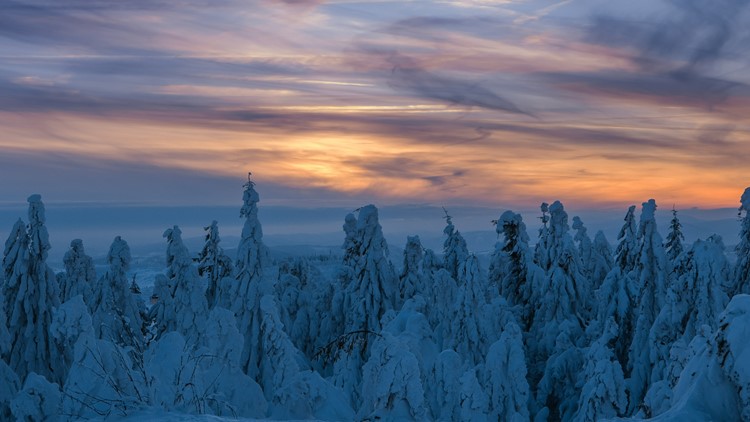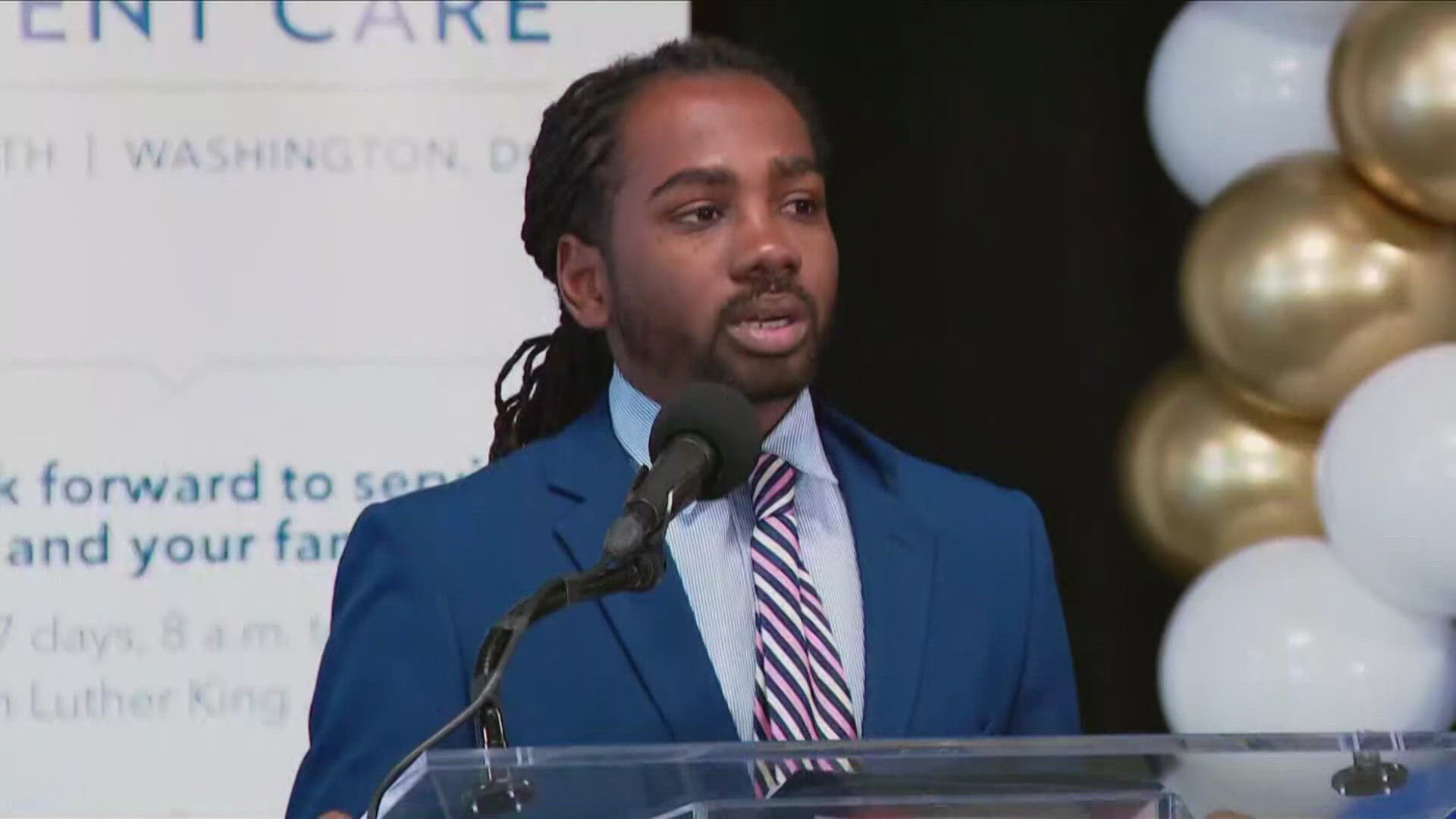WASHINGTON — The official start of winter, known as the winter solstice, is on Thursday.
For those north of the equator, the solstice marks the shortest day – in terms of daylight hours – and the longest night of the year.
During the winter solstice, the sun will be at its lowest noontime point in the sky for 2023. That's because it's when the northern half of the Earth is tilted its farthest away from the sun due to the planet's axis.
Conversely, those south of the equator will simultaneously see the longest day of the year – known as the summer solstice.
The Northern Hemisphere will see less than 12 hours of daylight while the southern half of the Earth basks in daylight longer than 12 hours, according to NASA.
After the winter solstice, days become longer until we reach the summer solstice in June.
What time is the winter solstice 2023?
The winter season begins on Thursday, Dec. 21, at 10:57 p.m. Eastern Time, according to TimeandDate.
While it's often believed that the winter solstice is an event that last a whole calendar day, the solstice actually lasts a moment, the Old Farmer's Almanac explains.
When does winter start?
The winter solstice marks the start of the astronomical winter each year between Dec. 21 and Dec. 22.
In meteorology, the official start of the winter season is on Dec. 1, the beginning of the three coldest months of the year in the northern half of the world.
What's the difference between an astronomical and a meteorological season?
Astronomical seasons are determined by the Earth's tilt and sun's alignment over the equator, according to the National Centers for Enviromental Infromation. These seasons are split into summer and winter solstices and fall and spring equinoxes.
Additionally, the start dates for solstices and equinoxes vary depending on if it's a leap years.
Meteorological seasons are split into groups of three months based on annual temperature cycles, the NCEI says. These seasons are more closely aligned to our monthly calendar than astronomical seasons.



